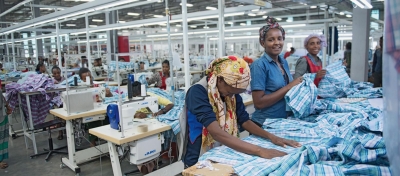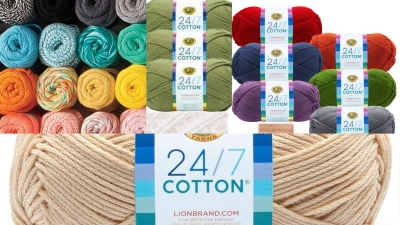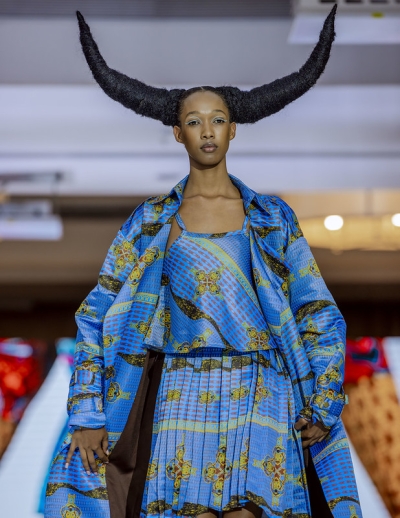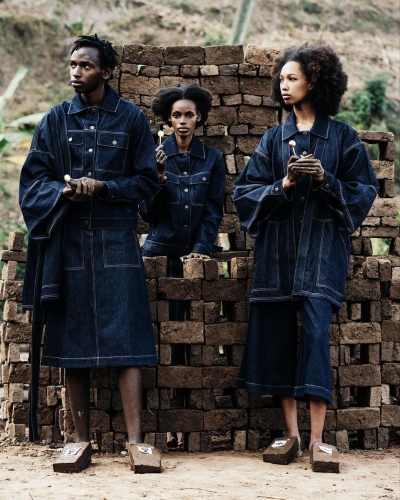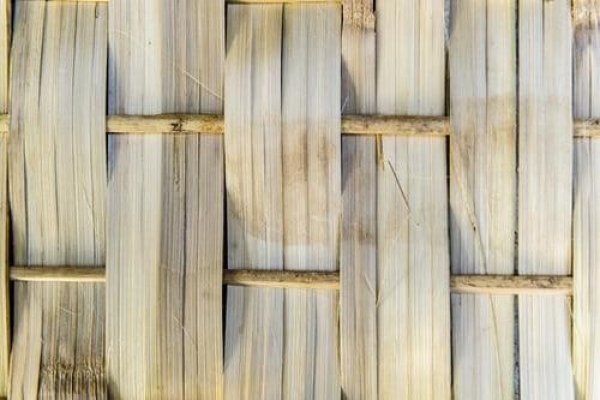 EU STRATEGY FOR TEXTILES: OPPORTUNITIES FOR AFRICAN FASHION BRANDS
EU STRATEGY FOR TEXTILES: OPPORTUNITIES FOR AFRICAN FASHION BRANDS
In 2022, the European Commission unveiled a new strategy for sustainable textiles, aimed at coming up with more systemic solutions for improving the sustainability of the textile industry. The strategy also aligns with the European Green Deal, whose focus is to make growth sustainable, climate neutral, efficient regarding energy and resource, respectful of nature, and built around a clean and circular economy.
Given that the European Union (EU) is one of Africa’s top two export markets for textiles, its recent strategy on sustainable textiles has several implications for the African fashion industry. In this week’s article, we will explore the key takeaways from the EU strategy for textiles and the opportunities it presents for African fashion brands.
Background of the EU textile sector
The textiles sector is an important economic driver of the EU economy, with a turnover of EUR 162 billion, and employing over 1.5 million people in 160,000 companies. However, it also contributes significantly to environmental pollution with the fourth-highest impact on the environment after food, housing, and mobility. The EU has responded to the climate challenges posed by the sector, by adopting a new strategy for sustainable textiles whose vision is to ensure that;
“By 2030 textile products placed on the EU market are long-lived and recyclable, to a great extent made of recycled fibers, free of hazardous substances, and produced in respect of social rights and the environment.”
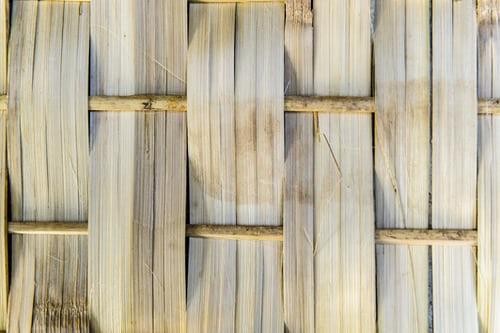 African Creativity: (PHOTO INTERNET )
African Creativity: (PHOTO INTERNET )
Key Actions under the Strategy
The vision will be accompanied by the following practical actions, intended to support the sustainable textiles drive.
Introducing mandatory eco-design requirements
The Commission will develop binding product-specific requirements to increase textiles’ performance in terms of durability, reusability, reparability, fiber-to-fiber recyclability, and mandatory recycled fiber content. Enactment of these requirements is aimed at minimizing and tracking the presence of substances of concern and reducing the adverse impacts on climate and the environment.
Banning the destruction of unsold or returned textiles
Large companies will be required to publicly disclose the number of products they discard and destroy, including textiles, and their further treatment in terms of preparing for reuse, recycling, and incineration or landfilling.
Tackling microplastic pollution
In addition to product design requirements, binding design requirements will be introduced under the Eco-design for Sustainable Products Regulation. These will target various stages of manufacturing, through a set of reduction and prevention measures, as well as the promotion of innovative sustainable materials.
Introducing information requirements and a Digital Product Passport
The Digital Product Passport for textiles will be based on mandatory information requirements on circularity and other key environmental aspects.
Green claims for truly sustainable textiles
General environmental claims, such as “green”, “eco-friendly”, and “good for the environment”, will be allowed only if underpinned by recognized excellence in environmental performance, or voluntary sustainability labels based on a third-party verification or established by public authorities.
Extended producer responsibility and boosting reuse and recycling of textile waste
It will propose harmonized EU extended producer responsibility rules for textiles with eco-modulation of fees, to create an economy for collection, sorting, reuse, preparation for reuse, and recycling. Producers and brands will also be incentivized to ensure that their products are designed in respect of circularity principles.
Opportunities for African Fashion brands
Develop recycling industries that convert fashion and textile waste into garments for commercial export markets
The new EU regulations on increasing textile performance mean the quality of textiles exported to Africa will be higher and better suited to recycling and repurposing. African fashion brands, therefore, have a chance to increase their revenue, by adding more value to second-hand clothing and exporting it.
Standardization of sustainable products
With a mandatory requirement for validating “green” claims if a brand sells its products in Europe, the African fashion industry can seize this opportunity to come up with universally recognized sustainability standards in fashion production. Not only will this help in guarding against greenwashing claims, but it will increase the brand value of African fashion brands that are genuinely sustainable, by distinguishing them from those that are built on unsubstantiated, sustainability claims.
Lobbying for governments to invest in infrastructure for greening conventional textile industries
Because Europe is a major market for Africa’s fashion industry, its proposed regulations for sustainable textiles are an opportunity for African fashion brands to come together and lobby the government to channel investment towards infrastructure for circular textile clusters. This will speed the greening of conventional textile industries by introducing economies of scale for small to medium enterprises (SMEs) in the African fashion industries. Additionally, it will facilitate improved access to export markets.
Investing in sustainable textiles
To better exploit market opportunities in the EU, African fashion brands have an opportunity to invest in sustainable textiles such as regenerative fibers which ultimately help them design waste out of their production processes. Efforts in this area are already underway, with companies such as Pine Kazi manufacturing shoes from pineapple waste.
Increase employment through the promotion of local artisans
The EU drive for sustainable textiles is an opportunity for African fashion brands to promote local artisans in Africa, who are already engaged in sustainable production methods such as hand-weaving, natural dyeing, and embroidery. It presents a chance for them to sell their products in markets where the sustainability component of their products is recognized and rewarded.
To learn more about the EU Strategy for Textiles, read their report here.
Source: FASHIONOMICS
Latest from RCFS
- How Ethiopia's Apparel Sector is Combatting AGOA Uncertainty: Fashion's Next Sourcing Hub
- How Ethiopia's Apparel Sector is Combatting AGOA Uncertainty: Fashion's Next Sourcing Hub
- Is Recycled Cotton Sustainable: What It Is and All the Advantages of This Fabric?
- Sandrine Mucyo's Efforts to Unite Rwanda's Modeling Industry Face Hurdles
- Sandrine Mucyo's Efforts to Unite Rwanda's Modeling Industry Face Hurdles



